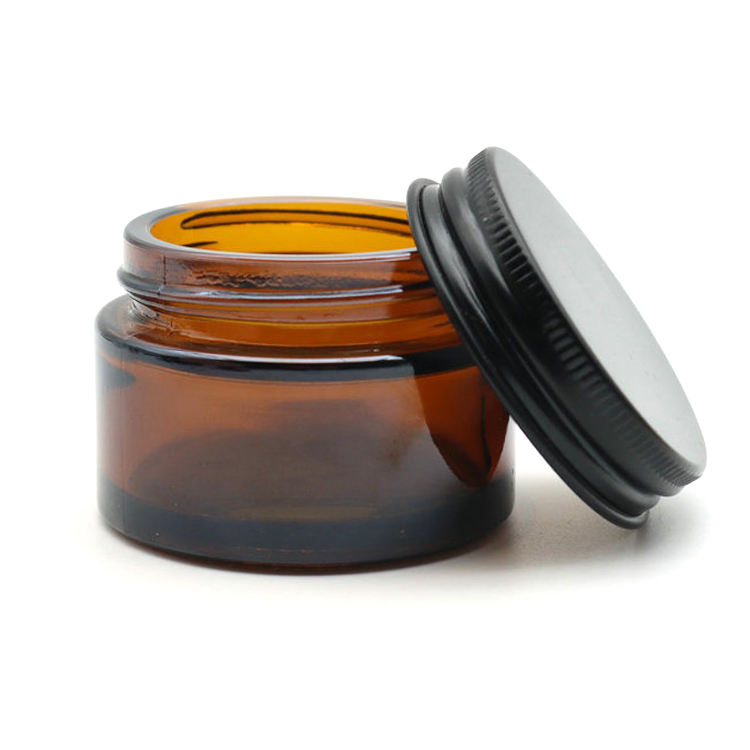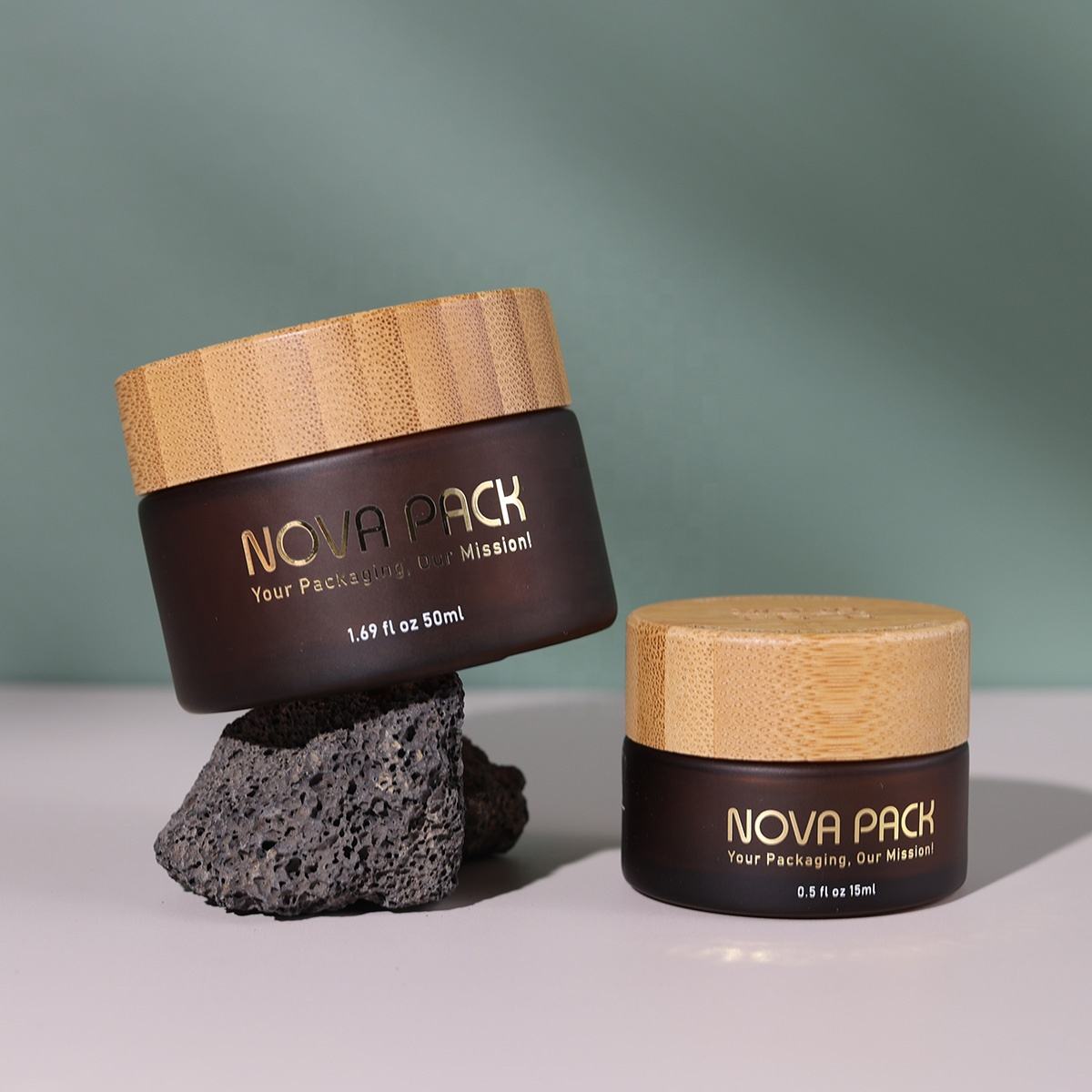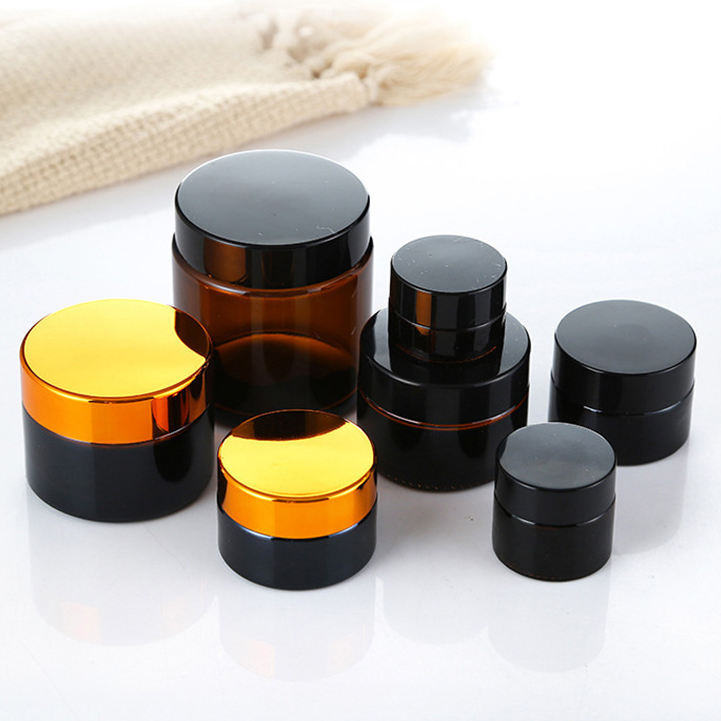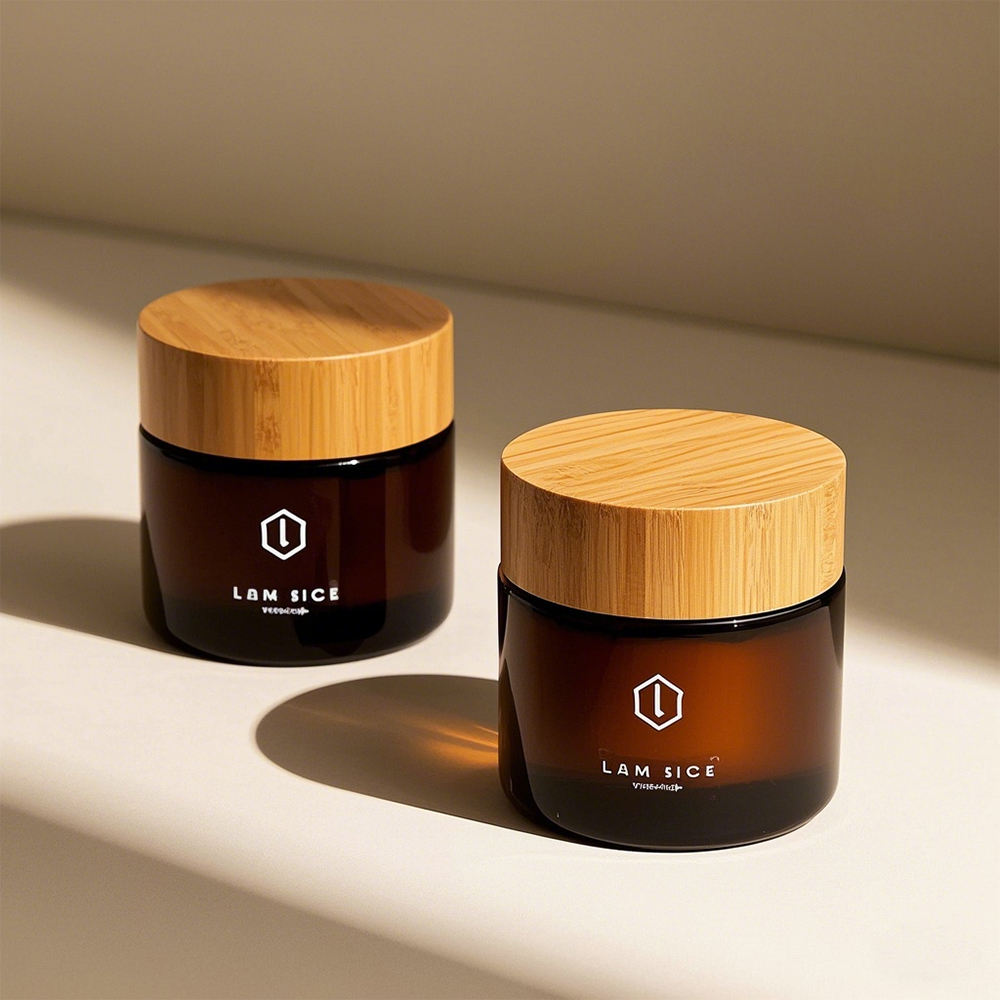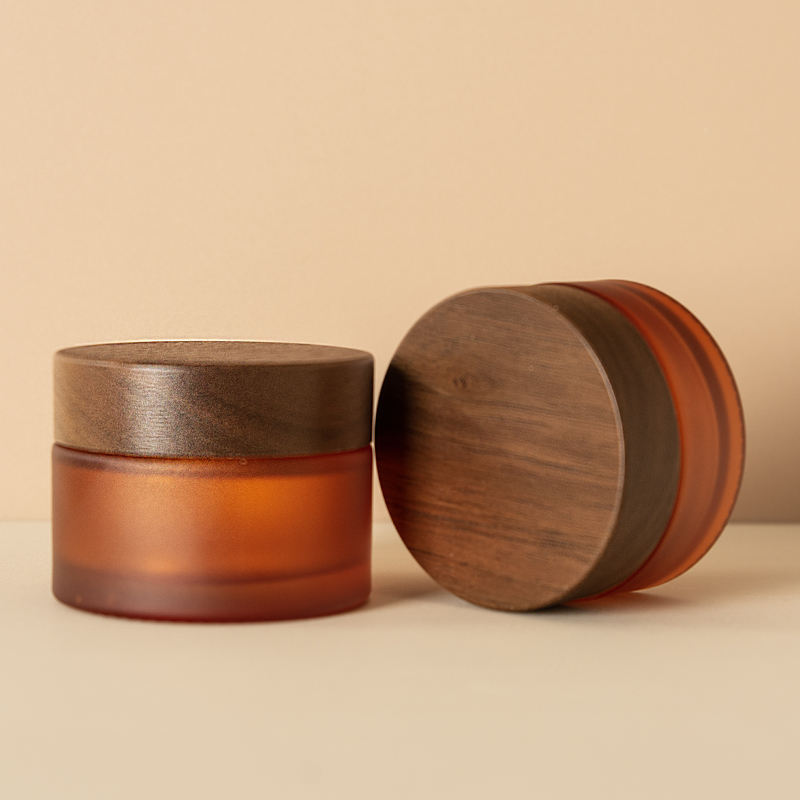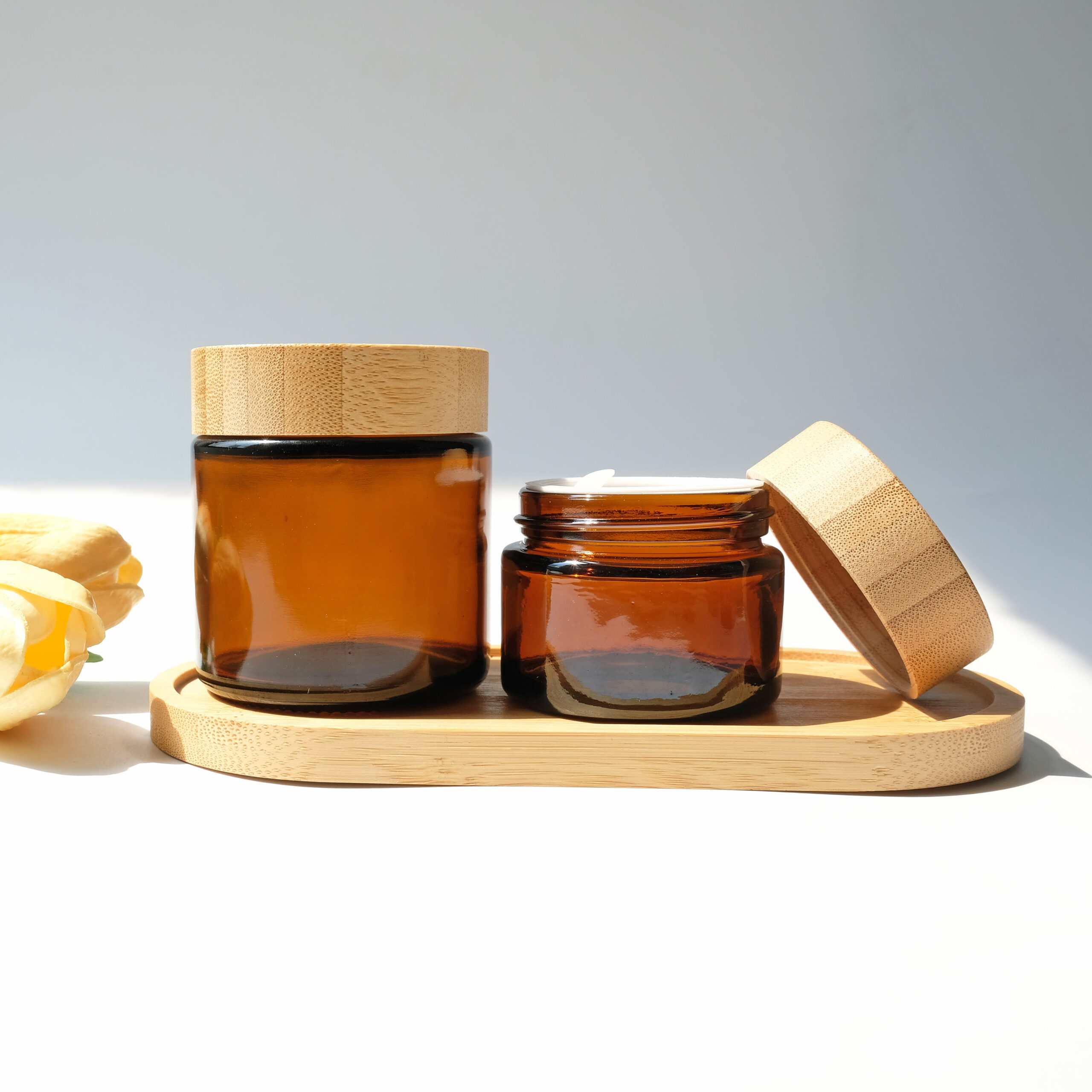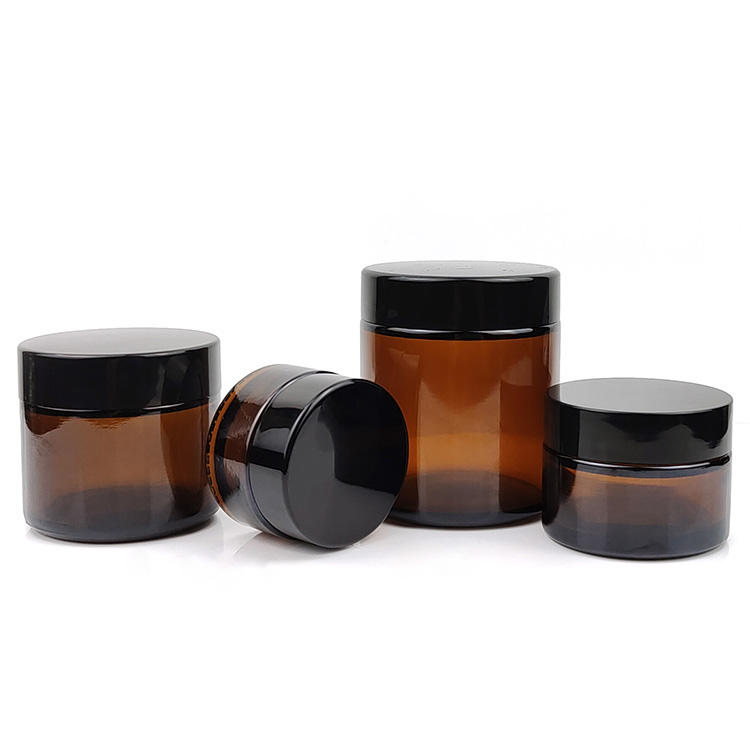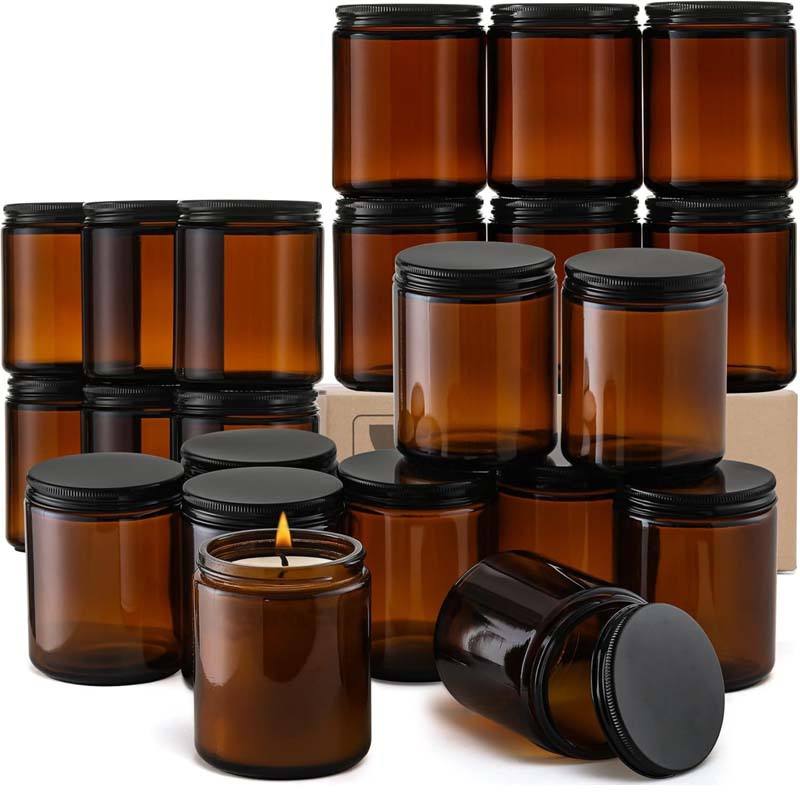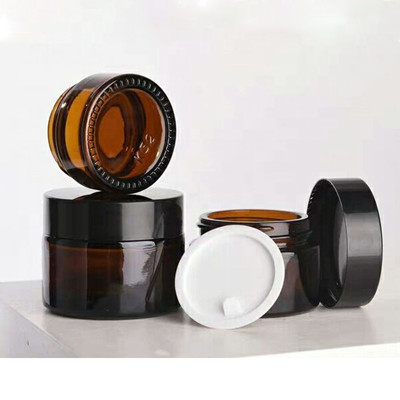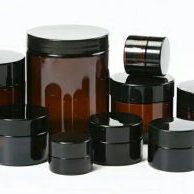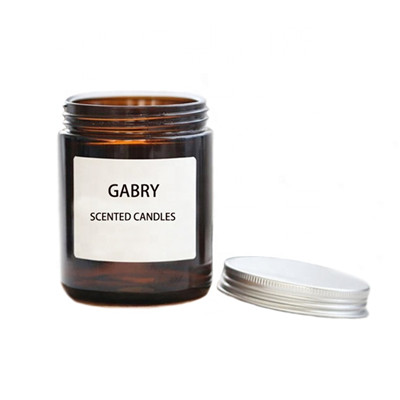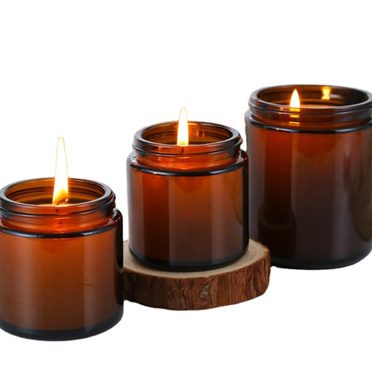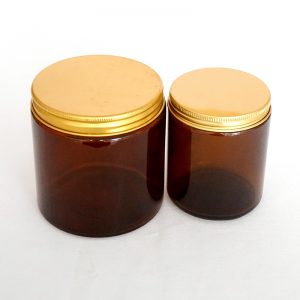
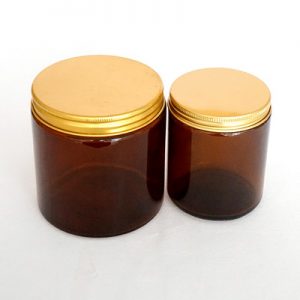
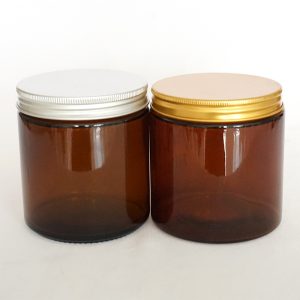
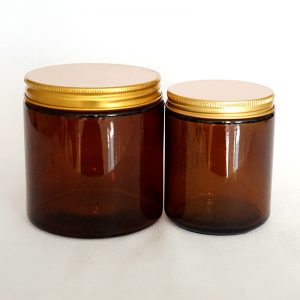
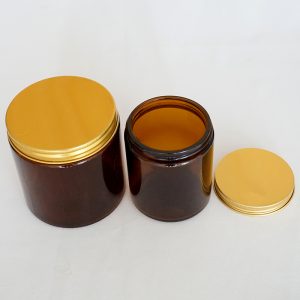
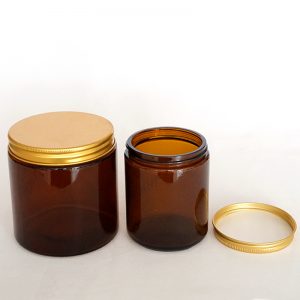
Name: | Airtight 16oz 8oz amber glass jar with metal lid | Size: | S 5.4×6.1×6.6cm, 117g, 120ml M 6.6×6.3×9.0cm 191g, 250ml L 8.5×8.5×9.5cm 252g, 500ml |
Mold: | Available | Fitting: | Metal lid/plastic lid |
MOQ: | 3000pcs | Material: | Soda-lime glass |
Further processing | Custom logo; creative deco; custom packing | Features: | High quality glass material; eco-friendly & natural; multifuctional |
Detailed classification of glass bottles and jars:
There are a lot of glass bottles and cans in life, such as common liquor bottles, beer bottles, and even canned bottles and cosmetic bottles. There are so many categories that make it difficult for us to categorize them. Today I will focus on glass bottles and cans. Products according to different standards briefly introduce the relevant knowledge and principles of classification
【Classified by appearance】
There are graphics, oval, square, rectangular, flat, special-shaped bottles (other shapes) and other bottles and cans, and most of them are round.
[Classified by bottle mouth size]
There are bottles with wide mouth, small mouth, and wine spout. Bottles with an inner diameter of less than 30mm are called small-mouth bottles, which are often used to contain various fluids. Bottles with an inner diameter greater than 30mm and no shoulders or less shoulders are called wide-mouth bottles, which are often used to hold semi-fluid, powder or block solid objects.
[Classified by molding method]
There are molded bottles and control bottles. The molded bottle is made by directly forming the glass liquid in the mold; the control bottle is made by first drawing the glass liquid into a glass tube, and then processing and forming (small-capacity green aroma bottle, tablet bottle, etc.).
[Classified by bottle and can color]
There are colorless, colored and milky bottles. Most of the glass jars are clear and colorless, which can keep the contents in a normal image. The green ones are usually used for beverages; the brown ones are used for medicines or beer. They can absorb ultraviolet light, which is conducive to the preservation of the contents. The United States stipulates that the average wall thickness of colored glass bottles and jars should be such that the transmittance of light waves with wavelengths of 290 to 450 nm should be less than 10%. A few bottles for cosmetics, creams and medicinal sounds are filled with milky glass bottles. In addition, there are amber, light cyan, blue, red, black and other colored glass bottles.
【Classification by purpose】
There are beer bottles, liquor bottles, beverage bottles, cosmetic bottles, condiment bottles, tablet bottles, canned bottles, infusion bottles, cultural and educational bottles.
[Classification according to the requirements of the use of bottles and cans]
Once used bottles and cans and recycled bottles. Once-used bottles and cans are discarded once they are used; recycled bottles and cans can be recycled many times for turnover.
The above classification is not very strict. Sometimes the same kind of bottle can often be classified into several types, and according to the development of the function and use of glass bottles and cans, the variety will increase day by day.
















